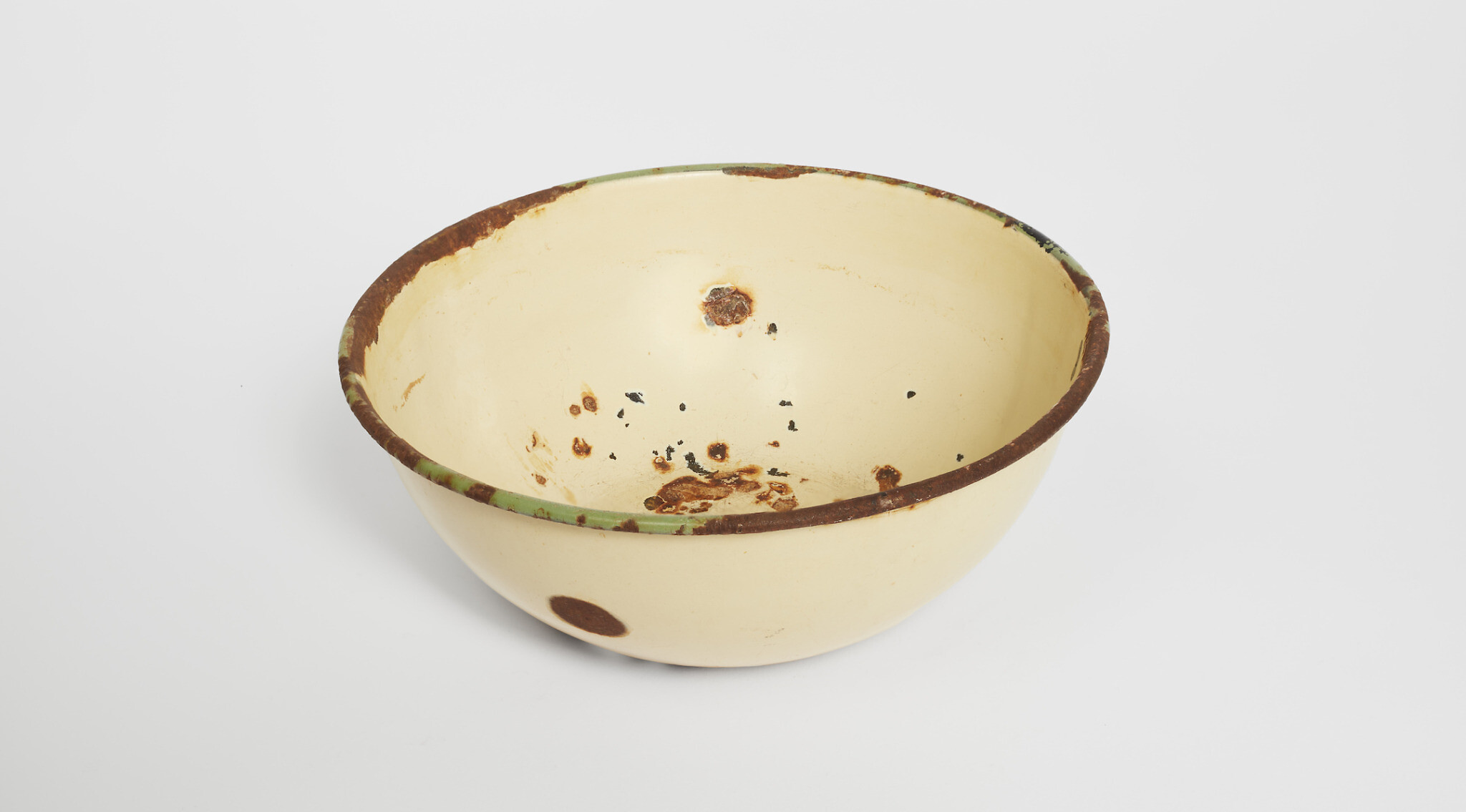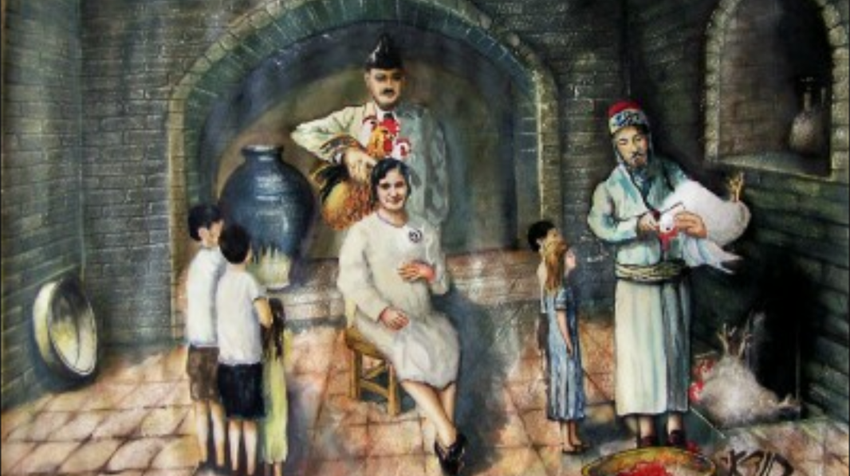Credit: Museum of Jewish Heritage
A young child’s diary, a favorite doll, a cookbook of family recipes, a report card, a Torah scroll smuggled to the United States, and a silver spoon found among the rubble at a concentration camp.
All of these objects are on display in “The Holocaust: What Hate Can Do”, an expansive new permanent exhibition at the Museum of Jewish Heritage in Lower Manhattan that opened over the holiday weekend. The exhibit emphasizes the individual human stories and the Jewish lives lived before, during, and after the Holocaust.
The 12,000-square-foot, two-story exhibit attempts to shed new light on Holocaust education by creating a compelling narrative of the Holocaust, antisemitism, Jewish resistance, and perseverance. The exhibit weaves together the individual stories of 750 objects and artifacts, as well as first-person testimonies, photographs, and text.
For Judy Baumel-Schwartz, the exhibit’s curator and Holocaust scholar at Bar-Ilan University, working on the exhibit “has been one of the high points of my professional career.
“As a historian specializing in the Holocaust, I have always taught my students, through stories and documentation, about what happened, and why it happened,” she said in a press release. “Here, for the first time, I can actually show people how it happened and to whom it happened, through hundreds of objects and graphics.”
One such object on display is a white enamel bowl that belonged to the Burbea family, who were first sent to the Giado concentration camp for Libyan Jews. They were only allowed to take a few objects with them when they were then deported to the Civitella del Tronto camp in Italy and, from there, sent to Bergen-Belsen in Germany. The bowl stayed with them — when their youngest son was born in Bergen-Belsen in 1944, the family used it to carry the boy to the mohel for his circumcision.
Baumel-Schwartz donated the bowl for the museum to use in the exhibit — it was given to her more than 40 years ago by the mother of the Burbea family, who had survived. “She looked at me and said, ‘You’re starting to teach this for all of us. The bowl had done what it needed to for me. We don’t need it anymore. But I want you to take it. I want you to show it to your students and tell our story,’” Baumel-Schwartz recalled.
The goal of displaying these types of objects is to animate and intensify the narrative of the Holocaust with first-person stories, said Michael Berenbaum, a Holocaust scholar and adviser on the exhibit. “We believe in a storytelling museum,” he said, noting that the exhibit draws upon the full name and mission of the museum: “Museum of Jewish Heritage – A Living Memorial to the Holocaust.”

Credit: Museum of Jewish Heritage



































